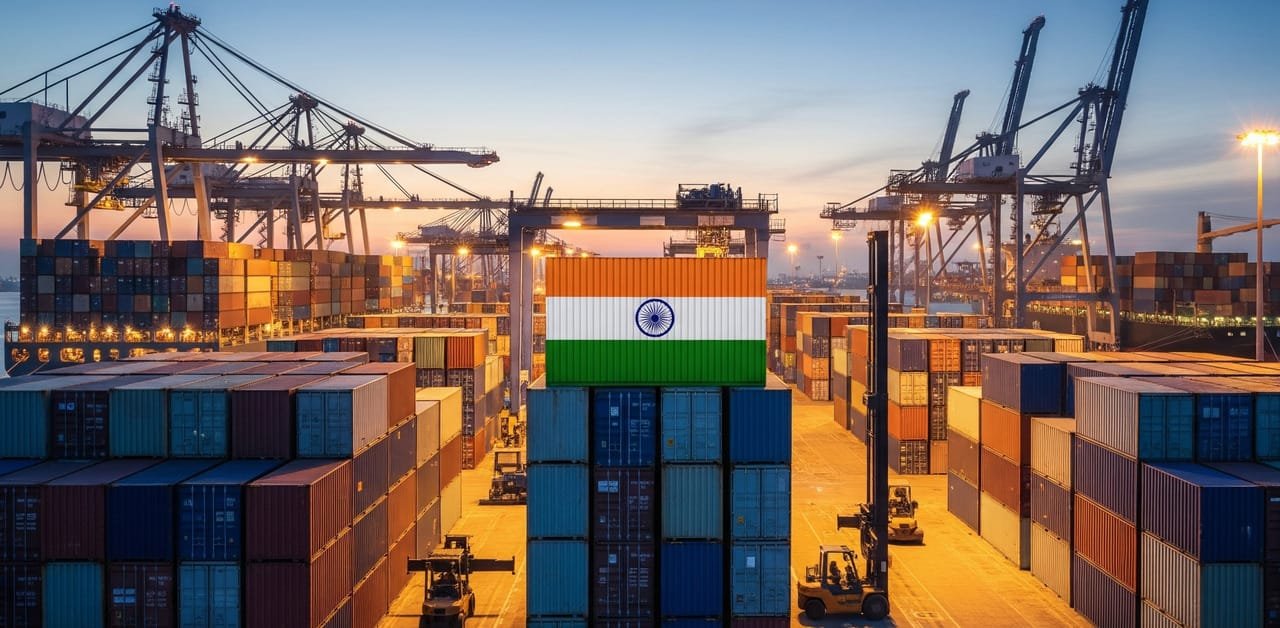In a major development affecting global trade, US President Donald Trump has declared a 25% tariff on all Indian goods imported into the United States, starting from 1 August 2025. The new US tariff will directly impact many of India’s major exports, including cars, steel, aluminium, smartphones, solar panels, seafood, gems, jewellery, packaged foods, and certain farm products. This move marks a major shift in the trade ties between India and the United States and is likely to create serious challenges for Indian businesses and exporters in the coming months.
Reason Behind the Tariff
According to the US government under President Donald Trump, the new tariff is a reaction to what they see as India’s high import duties and complicated trade rules. They believe these policies are unfair and have been blocking smooth trade between the two countries. Trump has openly voiced his dissatisfaction with the trade gap and the slow progress in trade negotiations.
Apart from trade matters, this decision also has a geopolitical angle. India’s increasing defence and energy partnerships with Russia have caused tension, and the US plans to announce further penalties related to India’s acquisition of Russian military equipment and energy imports. These details are expected soon from the US Trade Representative.
Trade Figures and Impact
The US is India’s largest trading partner, with bilateral trade reaching $87 billion in the fiscal year 2025. Despite this, India holds a trade surplus of $41.18 billion with the US, thanks to a rise in Indian exports (+11.6% to $86.5 billion) compared to US imports (+7.4% to $45.3 billion) in fiscal year 2022.
However, some goods like pharmaceuticals and semiconductors have been deliberately left out of this tariff list. This move shows the US’s understanding of the importance of these sectors for global supply chains and its own strategic interests.
India’s Reaction and Future Prospects
The Indian government has responded carefully, saying they are studying the tariff’s effects. India remains focused on working towards a fair and balanced trade deal with the US. Protecting farmers, entrepreneurs, and Micro, Small and Medium Enterprises (MSMEs) is a priority in light of these new trade barriers. While India hasn’t announced any retaliatory tariffs yet, it has not ruled out such actions in the future.
Experts consider the tariffs an unfortunate setback but remain hopeful that the ongoing trade negotiations can still achieve a positive outcome. Talks between India and the US have been lengthy and challenging, and the tariffs might act as a push to finalise agreements more quickly.
Also Read: This Defence Stock Secures ₹551 Crore Orders in July: Order Book Soars to ₹74,859 Crore
Expected Consequences for Business
The tariffs are expected to negatively affect certain Indian export sectors, especially electronics and textiles. Although pharmaceuticals are exempt from these new duties, the overall atmosphere of trade tension remains a concern. The financial markets, including Indian stock exchanges, may also feel the impact.
The tariff is scheduled firmly for August 1, 2025, while details on the additional penalties concerning Russian energy and arms are pending. India continues to stress its willingness to engage with the US in resolving trade issues, keeping its national interests at the forefront.
Key sectors affected by the 25% US tariff on Indian goods:
- Automobiles and auto components
- Steel and aluminium
- Smartphones and electronics
- Solar modules
- Marine products
- Gems and jewellery
- Processed foods
- Selected agricultural products
This development marks a crucial moment in US-India trade relations, combining economic, political, and strategic factors that both countries will need to navigate carefully in the coming months.









